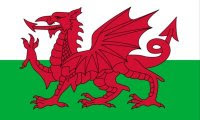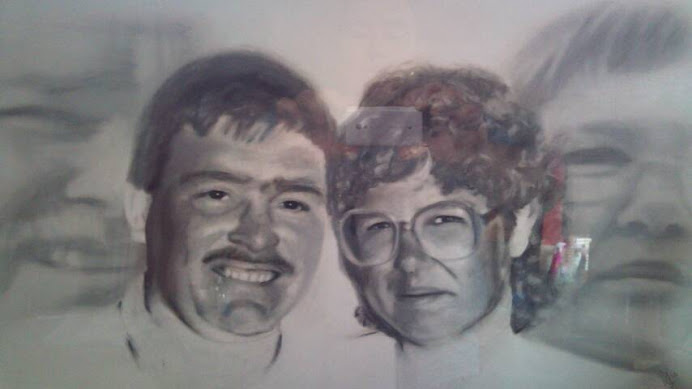I've had some lovely help with my research to establish the detail in the Turner, Oil on Canvas 'Fishermen at Sea' painting. The National Library of Wales responded by mentioning that there are reproductions of the image in some published books on Turner. For example, the image is shown full page and in colour in 'The Paintings of J.M.W. Turner; Plates', by Martin Butlin & Evelyn Joll. Published for The Paul Mellon Centre for Studies in British Art and The Tate Gallery by Yale University Press, New Haven and London, 1984. They even included the Shelf Number. And those who know me, will know that I hold a Readers Ticket. So, I'm popping along to look at that plate tomorrow or early next week.
Meanwhile, the equally lovely people at the Tate; also sent me a reply. My point of contact (for which I am extremely grateful) seemed keen to assist me in viewing with greater clarity what was described as "this atmospheric night scene". The lovely lady included for my interest, the catalogue entry for this 1796 "work which notes a contemporary account commenting that 'the figures, by not being more distinct and determined, suit the obscure perception of the objects, dimly seen through the gloom of night, partially illumined.' This catalogue entry is from 'Martin Butlin and Evelyn Joll, The Paintings of J.M.W. Turner, revised ed., New Haven and London 1984'. . ."
Which of course coincidentally is the same book referred to by the National Library of Wales. And true to her word, the Tate contact promised to send me "by post a colour photocopy of the accompanying plate which does appear lighter than our online image, and you may be able to see more detail of the second boat." That image arrived the other day.
Isn't it lovely when two National institutions simply come up trumps, when on both occasions there was no obligation to do so? I'm well chuffed, and with my "Hommage à L' Hermione" now framed and on the wall in my Man Den (see photograph below), it's now time to turn my attention back to my attempt at Turner's "Fishermen at Sea". Although, unlike the original; mine is acrylic (Cryla, Lefranc, Winsor & Newton) on the awesome Daler Rowney A4 Acrylic Paper.
Acrylic on Acrylic Paper
Rba 2016, All Rights Reserved
I really like the catalogue entry; 'the figures, by not being more distinct and determined, suit the obscure perception of the objects, dimly seen through the gloom of night, partially illumined.'
As the original catalogue entry fits in with comments already received about my attempt in progress. My friend Mario, called the work 'beautiful', and when I mentioned working up more detail, he was bemused. Mario explained that the vagueness of the figures added to the impact of the painting. But of course vagueness of the figures must include an attempt to determine and then replicate how many there are in each boat. Otherwise it wouldn't be a true attempt at copying (and thereby learning) from the astonishing "Fishermen at Sea" painting.
If anything, my work to date on the Turner piece, has given me the confidence to paint in acrylic in a distinct manner that for me is not too dissimilar from watercolour, and is certainly a huge step up from my glut of acrylic paintings that have ben completed over the last few weeks. The "Hommage à L' Hermione" piece being a prime example.
Maybe this approach is something that can be considered by those of you who are aspiring artists or new to a particular media; pick one of your favourite artists and in some way (even if only an abstract of a portion of an image) have a go at repeating the process yourself. Yes, like me, you will probably get a lot wrong, but in doing so you will probably learn new techniques and gain in confidence.





















